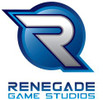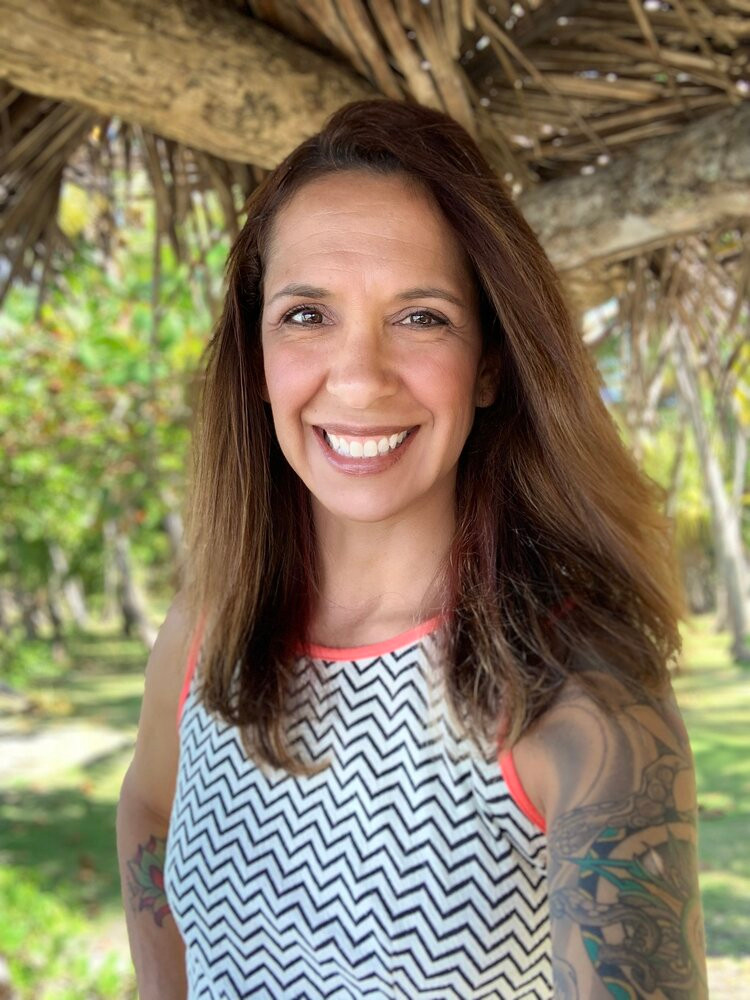CELEBRATING INTERNATIONAL WOMEN'S DAY WITH THE WOMEN OF RENEGADE!
Posted by Renegade Games on Mar 8th 2021
This month we’re going to be sharing the stories of the women that play such a big role on the Renegade Games team. Each Monday and Thursday we’ll share an interview with one of our staff about their experience and why they love working in board gaming so much!
What is your role at Renegade?
Anita: My current role at Renegade is to design direct the graphic designers, art direct the illustrators and manage the production artists that fall into my branch of the company which is all the original Renegade and non-Hasbro IP Board and Card Games, as well as hands on graphic design.
How long have you been with the company, and what led you here?
Anita: My first job with Renegade was in 2015. Scott reached out to me to do some graphic design and illustration work on the relaunch of Snow Tails. We both had previously worked for The Upper Deck Company/Upper Deck Entertainment, I was recommended by David Lomeli.
I graduated from California State University, Long Beach with a BFA in Visual Communications. I've had the opportunity to work with Blizzard’s World of Warcraft, Disney, Nickelodeon, and WizKids. I have worked with several design and advertising agencies doing work for action sports clients such as Mikasa Sports and Surfing America. I’ve had the opportunity to learn from a great deal from really great mentors. During my time at Blizzard, Landor Associates, and Spin Master, I got to work with really talented people, art directing amazing illustrators, graphic designers and photographers.
What is your favorite thing about working in the tabletop industry?
Anita: My most favorite thing about working in the tabletop industry is the people. I get to work with super creative and incredibly talented game designers, illustrators and visual designers. Everyone at Renegade has a good spirit with a solid love of games so it makes work fun. My other most favorite thing is the variety in games we design, I love designing! So every new game that comes in, has a new design challenge attached to it. I love the problem solving in designing the visuals and helping a game come to life that people can enjoy with their friends and families! It doesn't get any better than that!
“I love the problem solving in designing the visuals and helping a game come to life that people can enjoy with their friends and families! It doesn’t get any better than that!
— Anita
What is your favorite board game?
Anita: My favorite board game depends on my mood, haha. I love Clank! (I do a lot of traveling and I almost always bring this with me.) Lately, I've been loving Power Rangers Heroes of the Grid, Explorers of the North Sea, and Gates of Delirium.
What is your favorite thing to do when you aren't making or playing board games?
Anita: When I am not designing, I enjoy exploring new cities with my family. I love playing sand volleyball, hiking, kayaking, and paddling into some waves.
What is your favorite thing to do when you aren't making or playing board games?
Anita: For any visual designers or illustrators trying to get into the tabletop industry, I recommend a strong portfolio and talking to people in the industry. When I look at graphic design portfolios, I am looking for solid logos, composition, text sensitivity and evidence of illustration skills. For graphic designers, I look for people who have a very wide range of styles. This is because the graphic designers often have to be able to adapt to the game's theme and the style of illustrator so the end product looks like a cohesive piece.
Do you have any advice for people that want to get into the industry?
Anita: When I look at illustrator portfolios I am usually looking for a specific style, something that is a good match for the game we are designing. I look at an illustrator’s best piece and also their worst piece in their portfolio to gauge the consistency of execution. I look for natural, unforced lines. I look at composition variations and depth if it applies to the needs of the game at hand. Color palette ranges across the entire portfolio can also be important.

